As was stressed in Part 1 of this series, water is the most important nutrient for your livestock and the quality of water trough they have for all their water needs makes an impact on their health and performance.
Moreover, it's important to note that seasonal conditions affect:
1. the quality of water that is safe for your livestock, and
2. the quantity of water your livestock must get for optimum health and performance.
Nowhere is the relationship between water quantity and water quality more obvious than during drought or summer season when temperature is high.
• During these times, the quantity of water diminishes due to evaporation. High evaporation causes salt deposits on the surface of water sources which negatively impacts water quality.
Because of poor quality, your livestock will drink less during a season that causes elevated thirst and they won't be able to meet the volume/quantity of water they require to thrive.
Livestock drink less with poor quality water, which causes elevated thirst. When livestock aren't able to meet the volume or quantity of water they require to thrive, feed consumption and animal productivity decline.

With some things, you can choose either quality or quantity, but not when it comes to your livestock farming. In the absence of either, your livestock can suffer (horribly) as feed consumption, animal productivity and health decline.
Listed below is a continuation of the list of factors surrounding water that can affect your livestock’s health and performance:
3. pH (acidity/alkalinity)
pH, a measure of the acidity and alkalinity of water. The normal range is between 6.5 to 8.5. Below 6.5 means that your water is acidic, while above 8.5 means that it’s alkaline.
Most water sources are naturally alkaline, and in levels that are considered harmless to stock. Instances where water was found to be too alkaline for livestock has been rare, and the exact level of alkalinity that causes problems is not exactly very well defined.

However, pH levels well outside of the safe range can still potentially lead your animals to feed less, which could lead to death.
Another thing to bear in mind is that if you’re using concrete troughs, the aggregates in the concrete may contain lime which is alkaline. In the presence of other predisposing factors, alkalinity could increase beyond normal. Additionally, new concrete troughs in particular can have an alkalinity of up to pH 12 – 13, which is beyond normal levels.
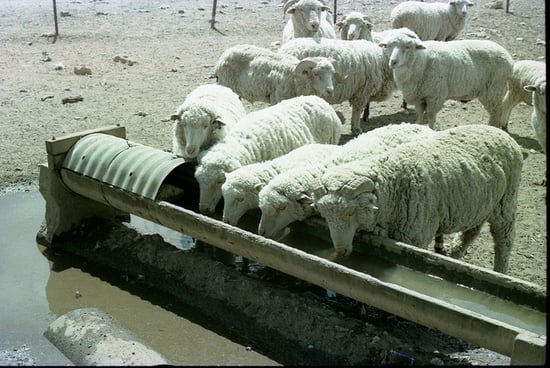
Possible Harm:
Acidosis and poor appetite occurs with highly acidic water (5.5 and less) while digestive upsets such as diarrhea, reduced feed and water intake, are an effect of highly alkaline water (above pH 9).
WHAT TO DO
- Water sources outside of the safe pH range should still be tested when unexplained livestock performance occurs.
- Add lime to acidic water (low pH) and alum to alkaline water (high pH).
- Lime may impart a bitter taste. Cattle have 2 to 3 times more taste buds than human beings and are therefore more sensitive to taste. Carefully observe your cattle for a reaction to water from concrete troughs.
- The lime in some concrete troughs would cause the water in it to be alkaline. Alkalinity in water could encourage toxic algal blooms such as blue-green algae to grow, which is highly toxic to both livestock and humans. Consider other alternatives to concrete such as as poly livestock troughs which don't release lime.
4. Overblown growths of toxic blue-green algae

Blue-green algae, also known as cyanobacteria, is a kind of plant that looks like spilled paint and can contaminate water surfaces such as rivers, lakes, ponds, farm dugouts, and reservoirs. Whereas most other algae are harmless, blue-green algae are toxic to both humans and livestock.
What conditions create blue-green algae?
- Warm weather conditions above 20°C
- Nutrient-rich water particularly nitrogen and phosphorus. 0.01 mg/L of phosphate in fresh water, lakes and streams is enough to stimulate blue-green algae growth.
- Fairly clear water
- Calm water (low or no flow), slow-moving waterways, stagnant water
- Slightly alkaline water
- Because blue-green algae are a plant, it responds and thrives in the presence of animal faeces, fertilisers, organic matter such as grass, leaves, hay, topsoil, and sunlight.
Blue-green algae is most common during summer. As water temperatures rise, water sources levels fall, and nitrogen in water begin to rise. Nitrogen, as was mentioned, is considered a nutrient to blue-green algae and would allow them to thrive.
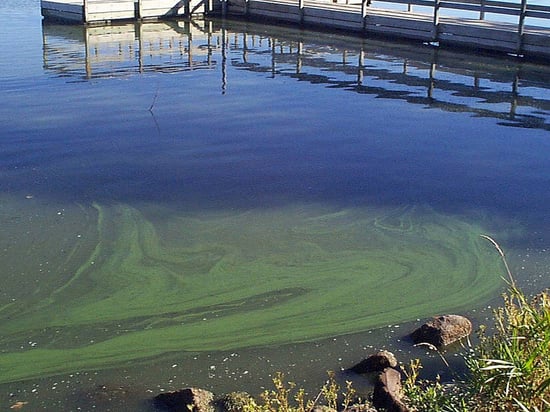
Possible Harm:
Blue-green algae taints the water and affects its palatability to livestock. If ingested, livestock could die. Remember: it is harmful to humans as well. Dry blue-green algae surrounding contaminated water is also highly toxic.
Blue-green algae produces the following toxins:
- Neurotoxins/nerve toxins. This affects the muscles of your livestock which can lead to paralysis, respiratory arrest, and even death.
- Hepatotoxins. These toxins affect your livestock’s liver. It can cause death within just hours or days, but signs of toxicity may be apparent within a few minutes. Gastroenteritis, nausea and vomiting, visual disturbances, and muscle weakness are some of the signs of ingestion.
- Lipopolysaccharides. These are skin irritants that could cause dermatitis, conjunctivitis, nausea, stomach cramps, and fever.
Animals that survive blue-green algae toxicity become photosensitive. Photosensitivity is a type of sunburn that’s restricted to white areas of cattle and the ears and nose of sheep. It affects their feeding patterns with cattle refusing to feed their young. They may also suffer from a decrease in milk production.
A word of warning for human beings: boiling water contaminated with blue-algae does not kill the toxins and is still harmful. If ingestion is suspected, seek help immediately.
WHAT TO DO:
- Prevention is the best cure.
- If suspected, animals should be taken away from the dam/water. Once ingested, blue-green algae releases toxins that are slow in breaking down. Affected livestock must be removed from the water source for at least 3 weeks.
- Immediate sampling for lab testing is necessary when blue-green algae is suspected.
- Covering tanks minimises sunlight exposure and prevents water contamination from bird faeces. Both contribute to blue-green algal growth.
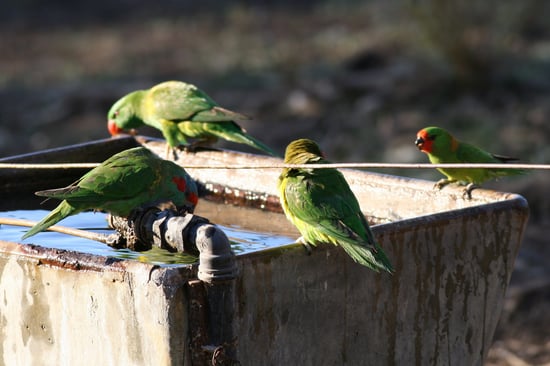
- Minimise nutrient inflow. Ex. A well-vegetated area surrounding dams and other water sources prevents the inflow of nutrients going into the water via water runoff and wind.
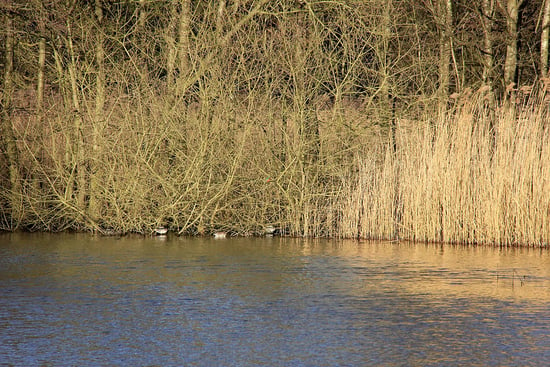
- Consider pumping water to a water trough from a reservoir with an intake placed 1 metre below the surface of the water source.
- Registered chemicals with copper have been known to treat blue-green algae. However, caution must be observed.
Copper sulphate, which is commonly used to eliminate blue-green algae, comes along with the following risks:
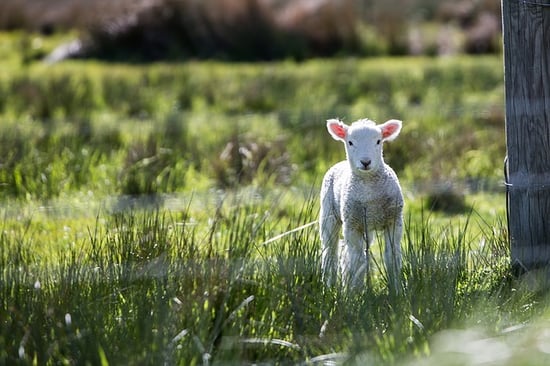
- Is harmful to sheep.
- Too much of the copper sulphate can kill zooplankton which eat algae.
- Too much copper sulphate also affects water quality to the point that it becomes toxic to fish. If you have fish stock, reduce copper sulphate amount by 50 percent.
- It can release preformed toxins into the water making the water even more toxic.
- Water contaminated with blue-green algae is not advisable for irrigation purposes. Livestock must not feed on pasture irrigated with it for at least seven days after irrigation.
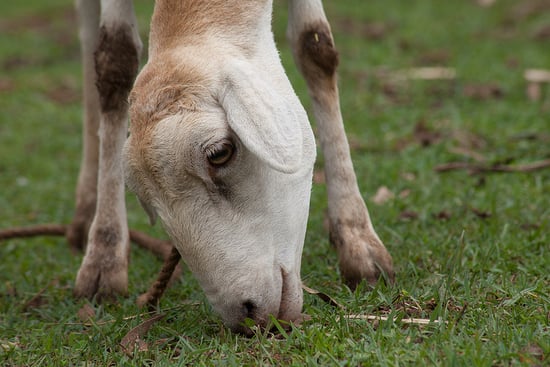
- When blue-green algae die, its slow breakdown process decreases the water’s oxygen levels. Water quality is yet again affected, and fish stock could die.
The quality of water is vulnerable to changes. Changes that won’t be healthy for your livestock. Hence, it is important to regularly check your water sources for any presence of the factors that could have an undesirable effect on water quality.
This is especially critical during dry seasons. As water sources dry up and increased concentrations of toxic ions and salt start to build up, the greater the risks your livestock will be facing.
Cleaning your livestock or water troughs frequently this time of year can’t be stressed out enough. Note that poly water troughs are easier to clean because they have a smooth surface and are more lightweight and easier to move around than alternatives.





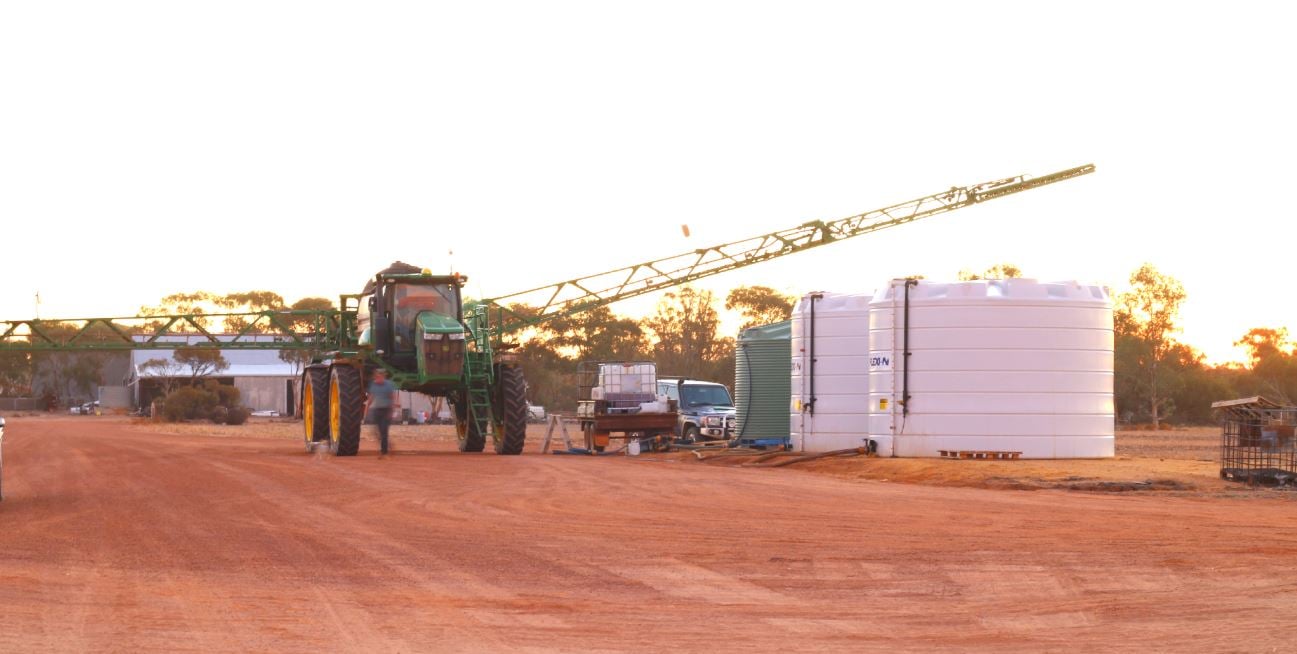

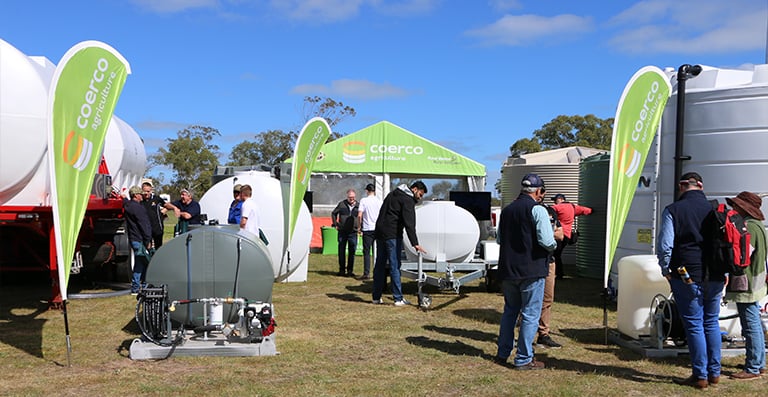
What do you think about this post?
Comments